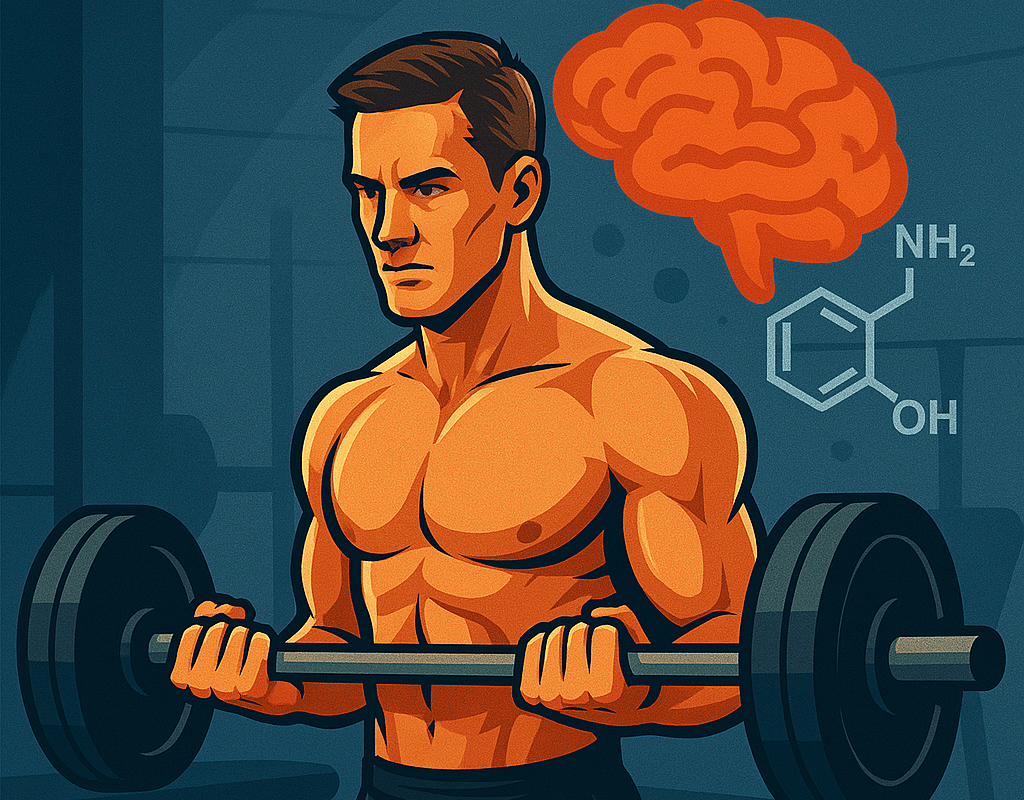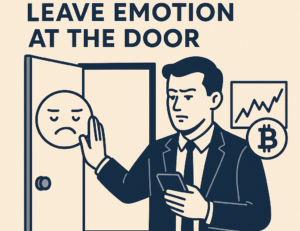Motivation doesn’t show up for the lazy. It shows up for the intentional. For men who build it like a muscle.
And here’s the truth: motivation isn’t just about “feeling it.” It’s chemistry. It’s psychology. It’s science. And if you understand how it works, you can train it like your body in the gym.
Let’s break it down.
1. Take Action First—Motivation Will Follow
“You don’t wait for motivation. You create it through action.”
Research from Dr. Timothy Pychyl, a procrastination expert from Carleton University, found that motivation tends to follow action—not the other way around1. Once you start something, your brain releases dopamine, which encourages you to keep going.
Do this:
- If you don’t feel like working out, commit to just 2 minutes of movement.
- Starting triggers dopamine. Dopamine fuels momentum.
It’s all in taking the first step.
2. Set Specific, Emotionally-Driven Goals
Vague goals = weak motivation. Specific goals backed by emotion = unstoppable drive.
Goal-Setting Theory by Locke and Latham proves that specific and challenging goals lead to higher performance2.
Do this:
Replace “make more money” with:
“I want to earn an extra $1,000/month to buy back my time and provide for my future family.”
When your goal hits your heart, your mind and body will follow.
3. Build Habits, Not Hype
Motivation fades. Systems stay.
James Clear said it best:
“You do not rise to the level of your goals. You fall to the level of your systems.”3
Habits automate your success. That’s where consistency—and real confidence—comes from.
Do this:
- Build a morning ritual: wake, cold shower, 10 push-ups, short journal.
- Build an evening ritual: phone off, gratitude list, sleep by 10:30 PM.
Discipline beats motivation every time.
4. Master Your Dopamine – The Motivation Molecule
Dopamine drives human behavior. It’s the reason you want anything.
But here’s the catch: our modern world hijacks dopamine. TikTok, porn, ultra-processed food—they spike your dopamine and train your brain to expect rewards without effort4.
You can reverse that. You can reclaim your dopamine system to work for you, not against you.
Here’s how to do it:
a. Use Dopamine Before the Reward
Dopamine spikes not when you receive the reward, but during anticipation5. That means you can “trick” your brain into associating excitement with the work itself.
Try this:
- Visualize the reward before you start your task.
- Tell yourself:
“This grind is the reward. The reward is becoming better.”
b. Delay Gratification to Increase Dopamine Sensitivity
If you reward yourself instantly all the time, your brain becomes desensitized. But when you earn your dopamine, it hits harder and motivates deeper.
Do this:
- No social media until you complete your task.
- Use “dopamine stacking”:
Workout → cold shower → protein smoothie → music you love.
c. Nutritional and Supplement Support for Dopamine
Certain foods and supplements can support dopamine production naturally:
Foods that help:
- High-protein foods (chicken, eggs, fish, beef) → rich in tyrosine, the building block of dopamine
- Dark chocolate → contains phenylethylamine (PEA), a mood booster
- Bananas → especially ripe ones contain dopamine precursors
Supplements that support dopamine:
- L‑Tyrosine: Amino acid that directly supports dopamine production
- Rhodiola Rosea: An adaptogen that may increase dopamine activity and reduce fatigue6
- Mucuna Pruriens: Contains L‑DOPA, a direct precursor to dopamine7
- Vitamin B6, B9, B12: Crucial for neurotransmitter synthesis
- Magnesium & Zinc: Support healthy dopamine receptor function
Note: Always consult your doctor before starting supplements.
5. Shape Your Environment to Eliminate Excuses
Your environment matters more than your willpower. According to behavioral science research, behavior is more a product of your surroundings than internal motivation8.
Do this:
- Remove friction for good habits (e.g., lay out workout clothes the night before).
- Add friction to bad habits (e.g., delete time-wasting apps, use screen blockers).
- Surround yourself with men who are hungry for more.
Want to be more disciplined? Live in a way where you have no choice but to act like the man you want to become.
Final Word
Motivation is a system. It’s built from behavior, biochemistry, and environment.
You now have the tools. You understand the science. But none of that matters unless you act.
So start small. Build habits. Respect your dopamine. Shape your world.
And most importantly—move.
Because here, we don’t sit and wait. We get after it.
Welcome to Mencademy.
Footnotes
- Pychyl, T. A., & Flett, G. L. (2012). Procrastination and Self-Regulation: A Neuropsychological Perspective. In: Procrastination, Health, and Well-Being.
- Locke, E. A., & Latham, G. P. (2002). Building a practically useful theory of goal setting and task motivation. American Psychologist, 57(9), 705–717.
- Clear, J. (2018). Atomic Habits: An Easy & Proven Way to Build Good Habits & Break Bad Ones.
- Lemke, D. (2021). Dopamine Nation: Finding Balance in the Age of Indulgence.
- Schultz, W. (2007). Behavioral dopamine signals. Trends in Neurosciences, 30(5), 203–210.
- Panossian, A., Wikman, G. (2010). Effects of adaptogens on the central nervous system and the molecular mechanisms associated with their stress—protective activity. Pharmaceuticals, 3(1), 188–224.
- Manyam, B. V. (1995). Mucuna pruriens in Parkinson’s disease: a double blind clinical and pharmacological study. Journal of Neurology, Neurosurgery & Psychiatry, 58(4), 436–440.
- Wansink, B. (2006). Mindless Eating: Why We Eat More Than We Think.








